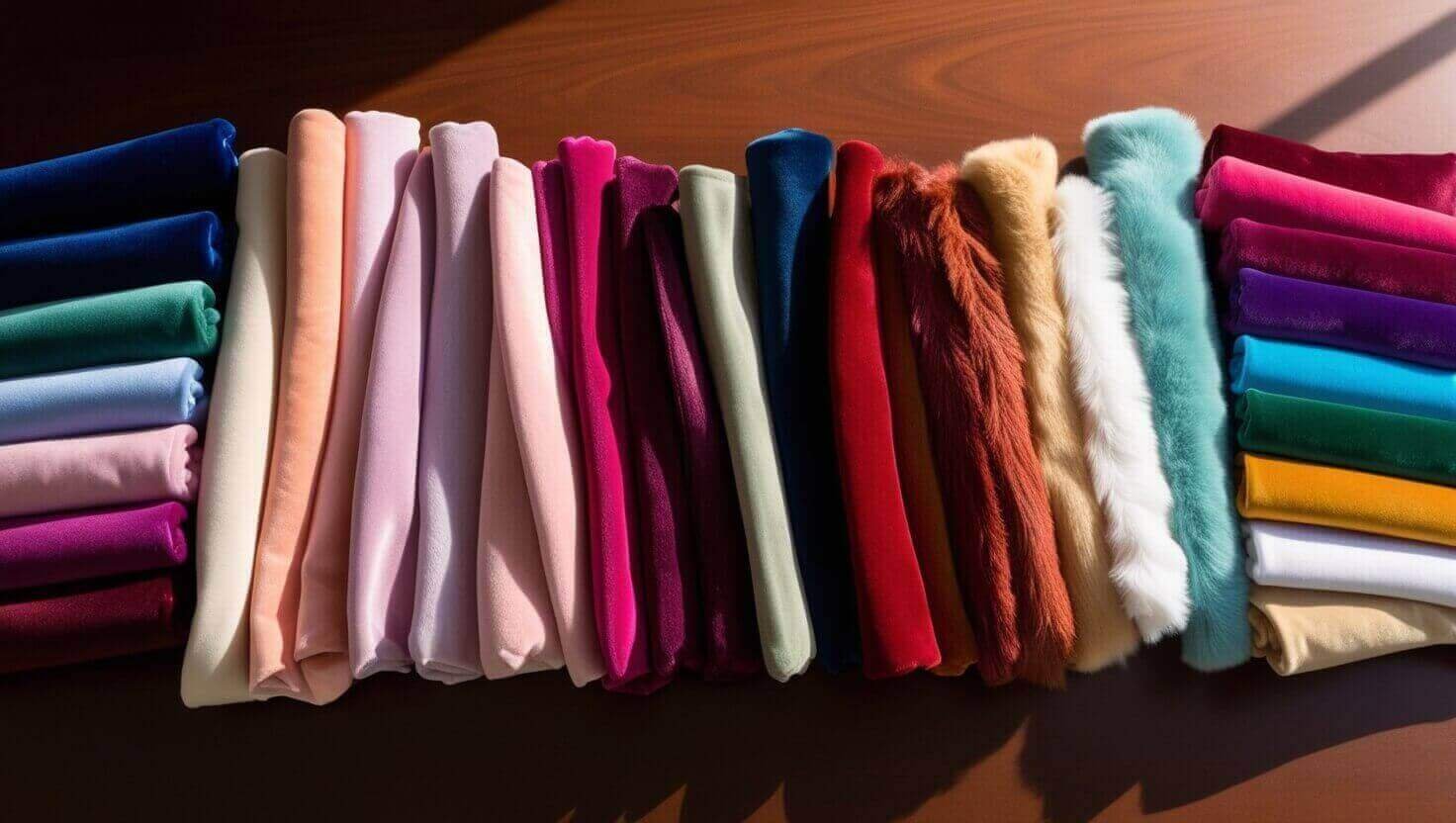Material Matters: Choosing the Right Fabrics for Plush Toys
Discover the essential factors in choosing the right fabrics for plush toys, including safety standards, hypoallergenic options for sensitive skin, and the environmental impact of various materials.

I. Safety Standards: What Plush Toy Materials Must Meet
When it comes to our cuddly companions, safety is the top priority. Let’s dive into the world of plush toy safety standards:
Consumer Product Safety Commission (CPSC) Guidelines
The CPSC sets strict rules for toy manufacturers. They require:
- Flame resistance testing
- Lead content limits
- Phthalate restrictions
I remember when my niece was born, I spent hours researching toy safety. It’s amazing how much goes into keeping our little ones safe!
European Union's EN 71 Standard
For our friends across the pond, the EN 71 standard is the go-to. It covers:
- Mechanical and physical properties
- Flammability
- Chemical composition
ASTM F963 in the United States
This standard is like the superhero of toy safety. It includes:
- Testing for sharp edges and points
- Small parts regulations
- Toxicity limits
Did you know? The ASTM F963 standard is updated regularly to keep up with new safety concerns.
II. Hypoallergenic Options: Safe Choices for Sensitive Skin
For kids (and adults!) with sensitive skin, picking the right material is crucial. Here are some gentle options:
Organic Cotton
Soft, breathable, and chemical-free. It’s like a cloud for your skin!
Bamboo Fabric
Naturally antibacterial and super soft. Plus, it’s great for the environment.
Microfiber
Ultra-soft and less likely to trap allergens. It’s a win-win!
I once gifted a bamboo fabric plush to a friend with sensitive skin. She was thrilled to finally have a stuffed animal that didn’t make her itch!
III. Environmental Impact: Sustainable Fabric Choices
Let’s talk about keeping our planet happy while we cuddle our plush pals:
Organic Materials
- Organic cotton: Grown without harmful pesticides
- Hemp: Requires less water and no pesticides
Recycled Fabrics
- Recycled polyester: Made from plastic bottles
- Upcycled cotton: Gives new life to old fabrics
Eco-Friendly Dyes
Natural dyes from plants are gentler on the environment and often safer for skin contact.
Fun fact: Some companies are now making plush toys from recycled ocean plastics. How cool is that?
I’ve started collecting eco-friendly plush toys, and it feels great knowing my cuddly friends are kind to the planet too.
Remember, when choosing fabrics for plush toys, it’s all about balancing safety, comfort, and environmental responsibility. Happy plush hunting!
